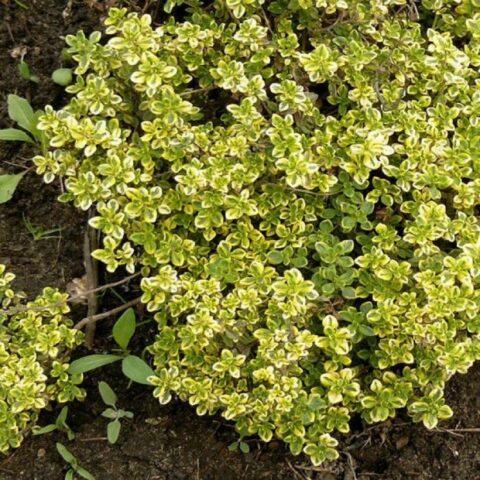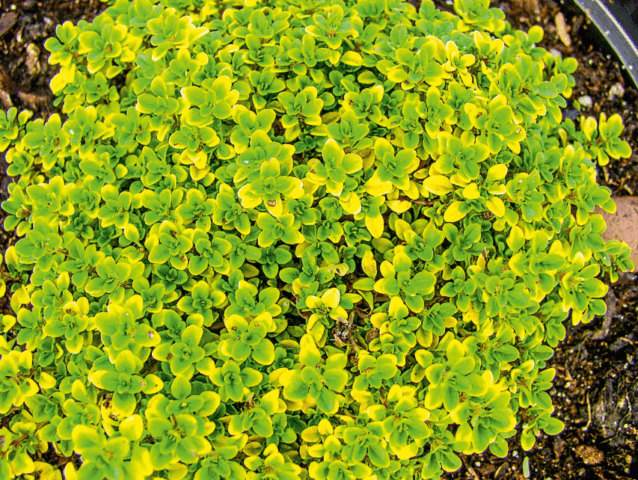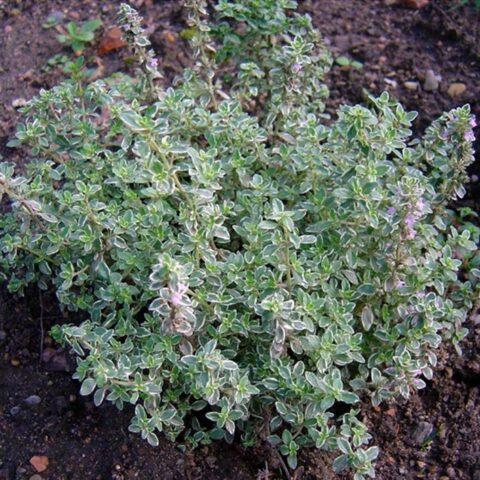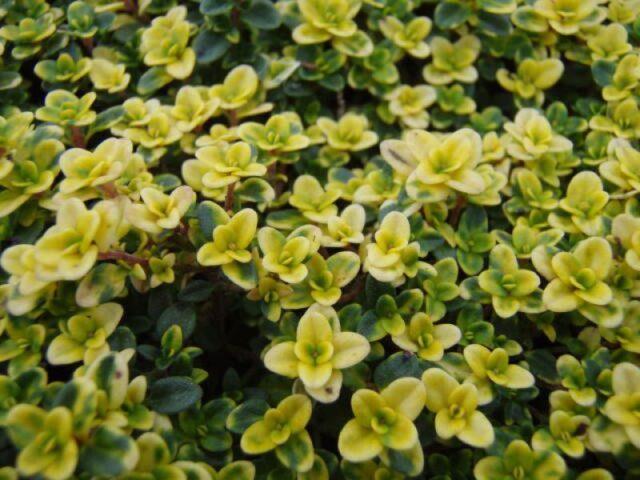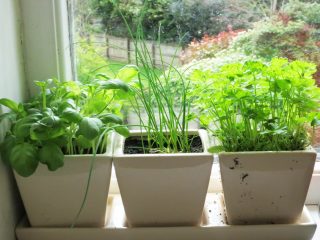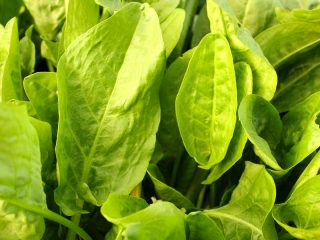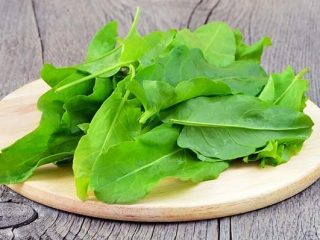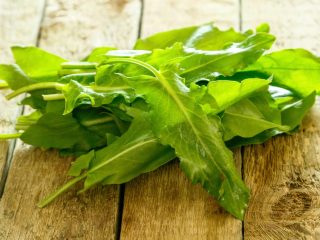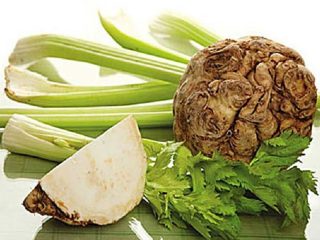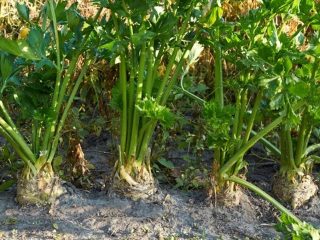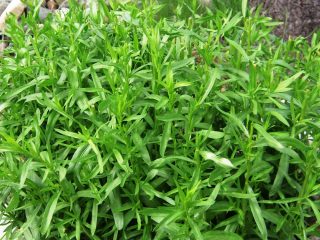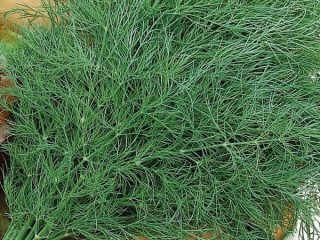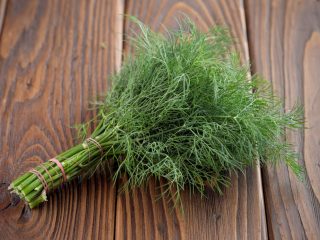Content
Lemon-smelling thyme also has another name - thyme. Breeders were able to create several varieties of it with different characteristics. The plant can be used for different purposes, which is why gardeners actively grow it on their plots.
Description of lemon thyme with photo
The first mention of thyme can be found in chronicles of the 16th century. The genus Thyme belongs to the Yasnotkov family. Externally, it is a low-growing shrub, up to 35 cm in height, with a pleasant aroma reminiscent of lemon. Its root system is powerful; in adult plants the stem is woody.
Lemon thyme flowers are pink or purple, collected in spikelets, similar in shape to a bell. The leaf blades are small, short, hard, resembling leather to the touch. Their main color is green with a yellow tint, but with age it becomes darker.
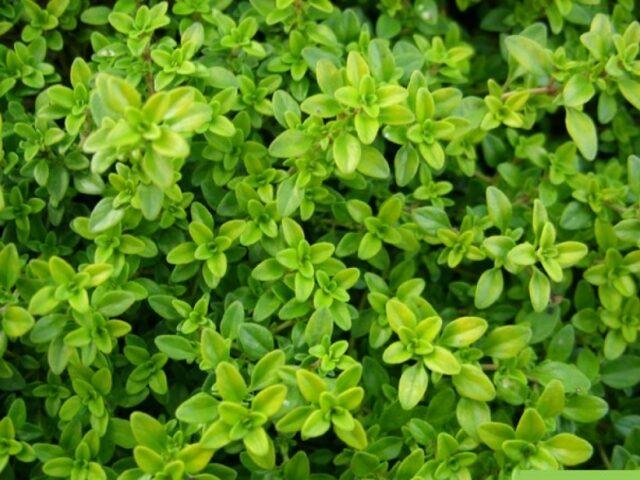
Lemon thyme is a perennial
Varieties of Lemon Thyme
There are about 400 types of crops known in the world.Four varieties are ubiquitous in gardening areas around the world:
- Donne Valley (Doone Valley) is a perennial 15-25 cm high. The stem is pubescent, decorated with beautiful, oval, small foliage of a dark green hue, along the perimeter of which yellow spots are located in a chaotic manner. The flowers of the variety are lilac, with a lemon aroma. The buds bloom from June to July. The culture is an unpretentious plant, but does not tolerate excess moisture. Under favorable conditions, it quickly grows throughout the area. Thyme can be used as a spice or as a decorative element in the garden.
If you rub the leaves of the Donne Valley variety, the aroma of lemon will increase several times.
- Bertram Anderson is a low-growing perennial up to 15 cm high. Its root system is taprooted, but highly branched. The stems are creeping, covered with small, ovoid, green leaves with yellow spots. The buds are small, up to 4–8 mm in length, pink, collected in a spike-shaped inflorescence. Thyme produces a pleasant aroma, which makes it an excellent honey plant. Thyme is not afraid of pests and diseases, does not like excess moisture and heavy soil. The variety needs shelter for the winter and shading in the spring.
The Bertram Anderson variety is most often grown for decorative purposes.
- Silver Queen is a perennial common in southern France. The height of the bush is 15-30 cm, the leaves are ovoid, small in size, green with a white edge. The buds are pale pink in color and bloom from June to July. The variety can withstand partial shade, but grows slowly. Lemon-scented thyme is distinguished by its unpretentiousness and drought resistance; it requires pruning.
The Silver Queen variety is known for its healing properties and is used in folk medicine and cosmetology.
- Golden Dwarf is a low-growing perennial, reaching a height of 10-15 cm. The leaves are small, green in color with yellow, round in shape with a pronounced lemon aroma. The buds are pink, collected in a capitate inflorescence. Thyme is resistant to pests and diseases, prefers sunny places with neutral or alkaline soil. For the winter it should be protected; in the spring it needs shading.
The Golden Duarf variety is known among landscape designers as a carpet plant, so it is planted along borders and on alpine hills
Advantages and disadvantages
One of the main advantages of lemon thyme is its high decorative properties. It not only pleases with its appearance, but also with a pronounced pleasant aroma. The bushes are resistant to trampling and mechanical damage, and are not afraid of pests and insects. The culture’s unpretentiousness to care also plays an important role.
One of the disadvantages is the need to observe crop rotation: the plant cannot be grown in the same place for more than four years. It should also be taken into account that there are a number of contraindications to the use of lemon thyme for persons wishing to take advantage of its valuable properties.
Planting Lemon Thyme
It is recommended to allocate places for the plant that are protected from the wind and well lit by the sun. Light partial shade is allowed, but without sufficient lighting the shrub quickly dies or grows slowly and does not bloom.
The soil for lemon thyme should be fertile, light, and neutral in acidity.To lower the pH level, you can add lime to the bed, and to improve water permeability, mix soil with sand.
Thyme is most often grown using seeds. To do this, you can use greenhouses or immediately plant them in a permanent place.
All work should begin after the snow melts:
- Dig up the soil and level it, add urea to the bed. To do this, dissolve 20 g of the mixture in 10 liters of water and pour it into the flowerbed.
- Use a hoe to build furrows up to 0.2 cm deep, maintaining a distance of 30-50 cm.
- Sow the seeds, cover with soil and level.
For decorative purposes, you can plant lemon thyme in a pot on the windowsill. In this case, thyme seeds are placed in containers with soil. The soil mixture for the pot is prepared by adding peat to the sand in a 1:1 ratio. The soil must be moist.
The seeded material must be covered with film or glass until shoots appear. Typically this period is 30 days. Further care consists of watering and sprinkling the sprouts with water, and weeding.
After 2-3 leaves appear, lemon thyme can be picked. Weak plants need to be destroyed, leaving only strong specimens. The distance between them should be at least 7-10 cm.
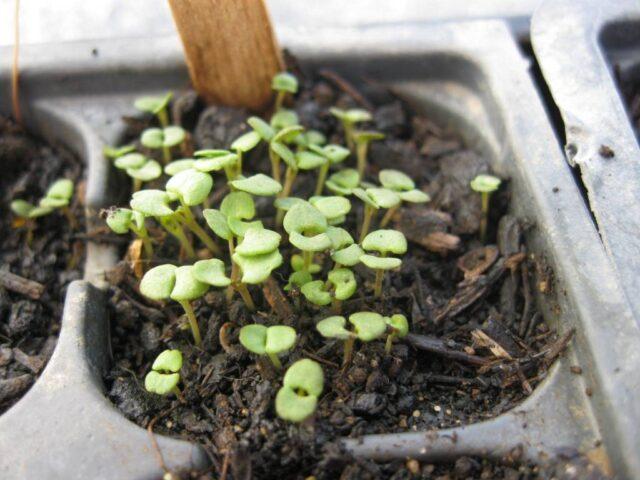
The optimal time for sowing lemon thyme is March.
Lemon Thyme Care
Despite its unpretentiousness, the plant needs some care. Watering lemon thyme is necessary only during periods of drought and before flowering.To avoid waterlogging of the soil, it is necessary to mulch the flowerbed with fine gravel.
The shrub practically does not need fertilizing. If planted correctly, nothing should be added to the garden bed during the first two years. For further cultivation, it is sufficient to feed each year in March with mineral complexes.
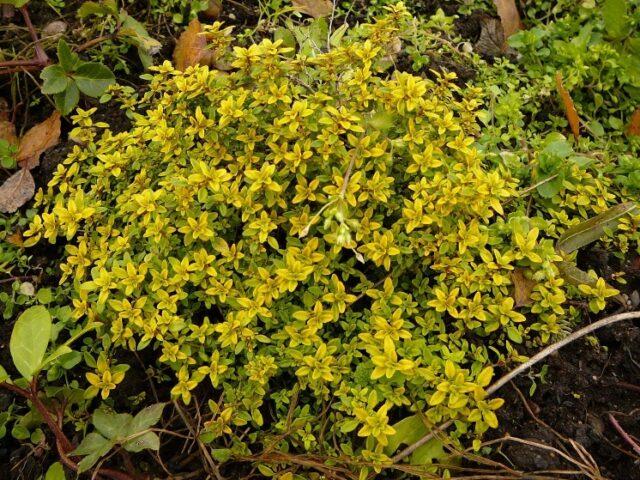
Lemon thyme is pruned in the spring; it involves removing shoots by 2/3 of the length and destroying dried flowers.
Features of reproduction
The procedure can be carried out in several ways:
- Cuttings. Before flowering, separate a shoot up to 5 cm long from creeping branches and plant it under a film cover in a greenhouse or directly in a garden bed. The protection can be removed after the cuttings have rooted.
- Dividing the bush. Divide the plant into several parts, preserving the root system, and then plant it in separate flower beds. Provide seedlings with protection in the form of film or a glass jar until they get stronger.
- Seeds. Lemon thyme is characterized by rapid spread throughout the area. This occurs due to the fact that the contents of the boxes fall into the soil in the fall and are carried by the wind. To control self-seeding, it is recommended to collect material in advance and thin out the plants in time.
Lemon thyme in landscape design
The plant is an excellent decoration for the garden; it is often planted instead of lawn grass. To prevent it from losing its decorative properties, it is recommended to cut it more often and not allow it to bloom.
The crop looks great on alpine hills, not far from gazebos and benches, which makes it possible not only to admire the appearance of the plant, but also to enjoy the aroma.
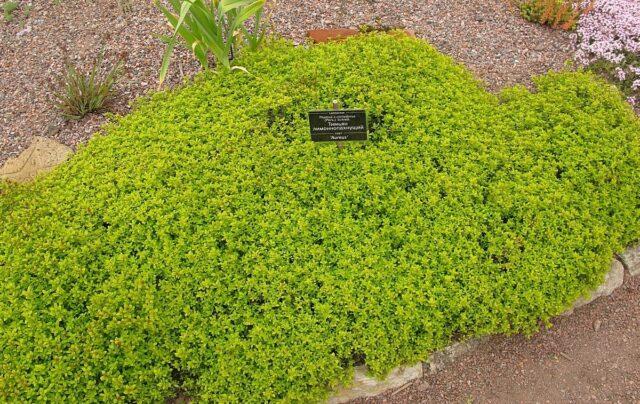
To control the spread of lemon thyme, designers plant it in rock gardens or along borders.
Useful properties and contraindications of lemon thyme
Thyme can be used not only as an ornamental crop, but also as a medicinal product. The plant has a pronounced antiseptic and bactericidal effect, and is rich in minerals and trace elements. Thyme is also known for its vasoconstrictor, expectorant and bronchodilator effects. Such beneficial properties make it possible to use the culture in the treatment of lung diseases and gynecological pathologies.
Contraindications to the use of lemon thyme are:
- allergic reactions;
- pregnancy;
- liver and kidney pathologies;
- hypertension.
Uses of lemon thyme
The plant is popular in cooking. In dried form, it is added to fish and meat dishes, salads, and vegetables. You can also find lemon thyme preserved. During long-term processing, it does not lose its taste, so it can be used at all stages of cooking.
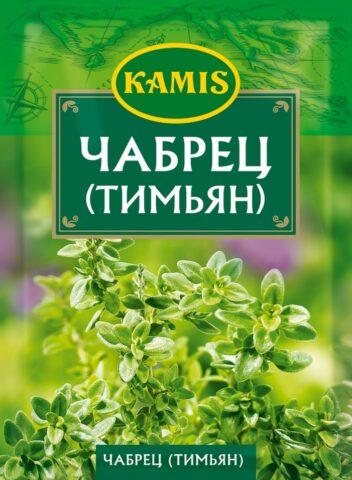
Among the spices in the store, lemon thyme can be found under the name thyme.
In folk medicine and cosmetology, the culture is added to baths and compresses, and infusions and teas are made from it. The medicinal properties of lemon thyme are so useful that its components are included in cosmetic products, oils and pharmaceutical preparations are made from it.
Conclusion
Lemon-smelling thyme is not only an ornamental, but also a medicinal plant.It is easy to care for, beautiful, multiplies quickly, and has a wide range of applications. The crop can be grown both at home and in outdoor garden beds.
